-
A brief introduction of yourself: I’ve always thought I was an intellectual who likes to get his hands dirty. After high school, I would have liked to study philosophy, but I was scared to distance myself from practice and from experimenting with matter. It was only later that I discovered architecture and the possibility of using intellect, storytelling, culture, as well as the technique to create something tangible that was useful and that made people feel good.
I discovered the pleasure of designing where logical and semantic implications have a preponderant weight. Unfortunately, we are in a period in which architecture has this kind of role in few contexts, and in these contexts, it is often subjugated to other powers. Design is more mobile and more dynamic. I began experimenting with sound and the design of objects at the age of 22: I was guided by a personal idea of sound and shape, stimulated by endless curiosity, hungry for knowledge, philosophy and technique, attentive to innovation but without neglecting the value of craftsmanship, and determined to offer beauty.
I love experimenting firsthand with materials, tools and techniques, I put them at the service of the meaning of what I design and research.
-
• Artistic specialization:
- Sound propagation through shapes/structures/materials/spaces
- Sound as an emotional and design tool
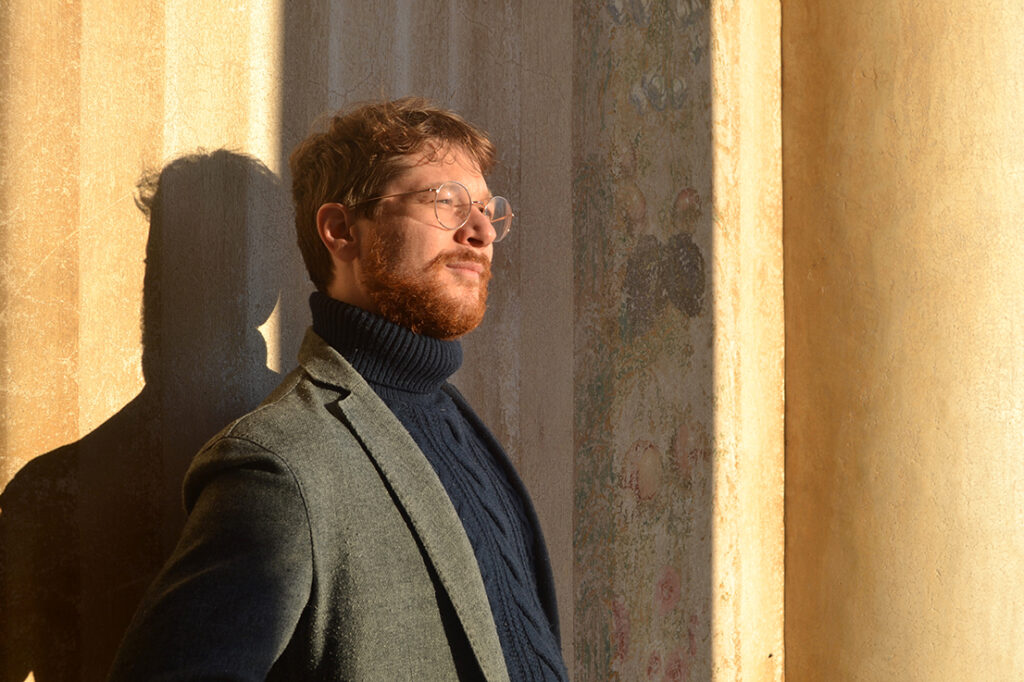
- How do you begin one of your works? After inspiration and study, I have to find a moment of great concentration and inner calm, I need to isolate myself and focus on imagining the shifts that sound will have in certain shapes and objects, inside and outside them. Every observation/experiment on materials enriches my ability to re-imagine sound. I find it very interesting to use what you see with “light” to interpret sound. It’s still about waves…!
-
Does anyone else help you create your works, or do you do everything by yourself? For me, it is essential to experiment, observe, touch, listen firsthand, and experience directly. I create all my first prototypes. Once the design cornerstones have been identified, I tend to feel satisfied inside. Depending on the case, I completely create the work by myself, or I benefit from the contribution of craftspeople or experts, selected because they are capable of entering into a dialogue of mutual growth.
-
How do you choose the name of your pieces? Mine is a scientific/artistic exploration, and this is the reason why I would like to keep unchanged as much as possible the scientific name of the geometries and harmonies, to which I give “a sonorous/sonic life”. I find that naming something is an act of poiesis, almost gestational (Plato) or a real metamorphosis (Heidegger), and therefore it is a great responsibility.
-
What other languages does your design dialogue with? My sonic design also dialogues with art direction, with the creation of images, with digital and electronic experimentation, with lutherie, and I would like to intensify the relationship between sound and visual elements.
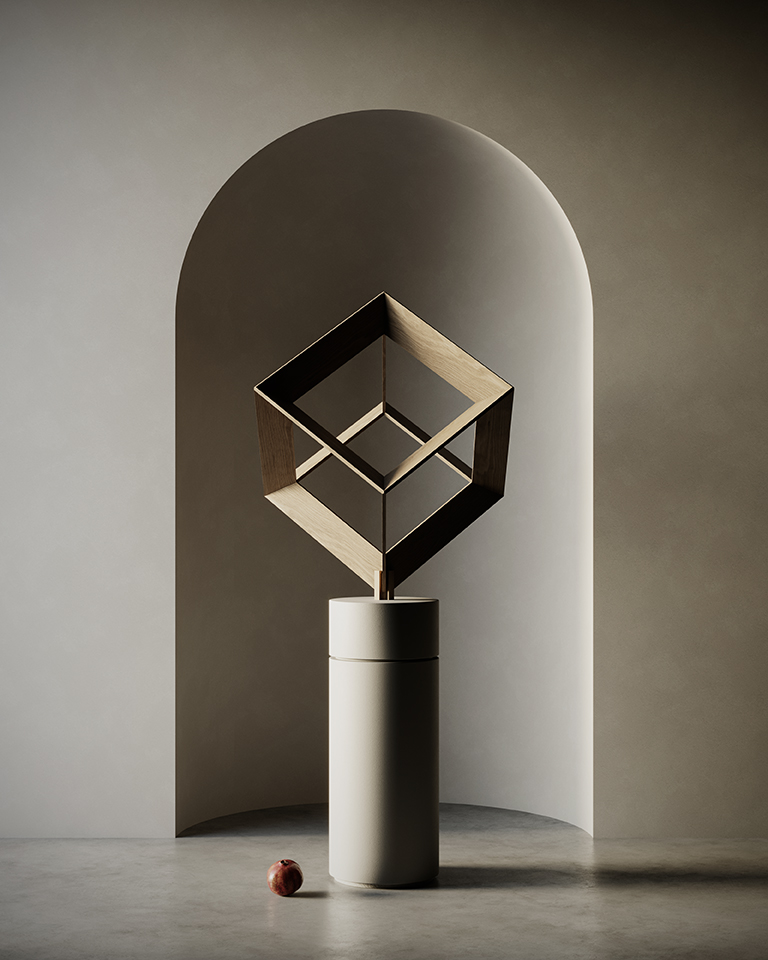
- How would you place your works in an environment? The “hemispheres” – designed in three sizes – seem more suitable for private and domestic contexts, placed on the ground, on the steps of an internal staircase, on the sill of a large window and not just above the furniture… The same goes for the series of “mini Platonic solids”. At the moment, I am studying figures suitable for the nautical environment. Other objects, such as the stellated octahedron, require broad spaces: living rooms of private houses, restaurant and hotel lobbies, and corporate locations. Others, such as the “sound rings”, are designed to be placed on the wall.
- Do you have any of your works at home? Yes of course, and lots of prototypes.
- Where would you place your works? I hope my pieces also have a contemplative function, and therefore in specific locations of any environment. I imagine them in villas, parks and large flats, in spaces that call to mind harmonious research for proportions and materials used. The highest expression of this could be the Pantheon.
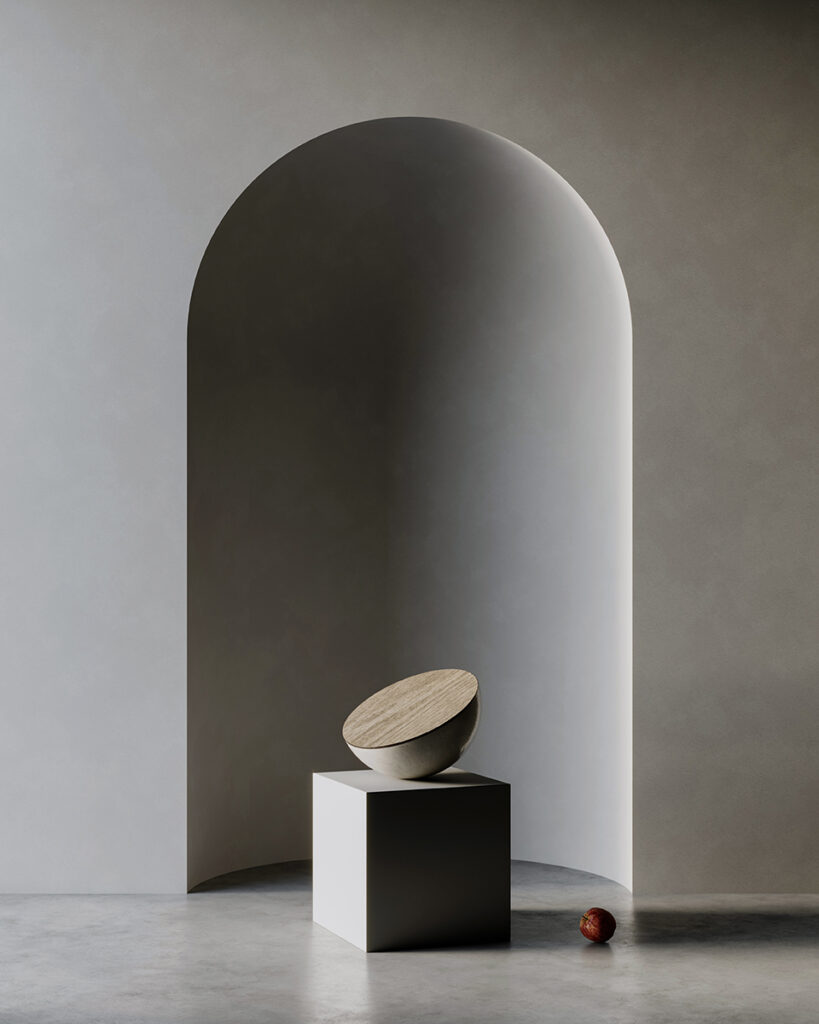
-
What is the most beautiful house you have ever seen? My parents’ house, which was restored by my mother.
- A work created by another designer that you would have liked to do? The complex of government buildings in Brasília, by architect Oscar Niemeyer.
- A designer you wish could create one of your pieces? Lucio Saffaro, for his research between art and science.
- If you weren’t a designer/crafter/artist, what would you do? I would be a philosopher, perhaps a writer or a university professor. Alternatively, I would like to be a physiotherapist or to have a profession linked to the knowledge of human well-being, valid in all ages and all places.
- What designer/crafter/artist (even from the past) would you like to know? Pythagoras, because he was the father of harmony and geometry in the West. If Pythagoras didn’t count as a designer, I would choose Ólafur Elíasson.
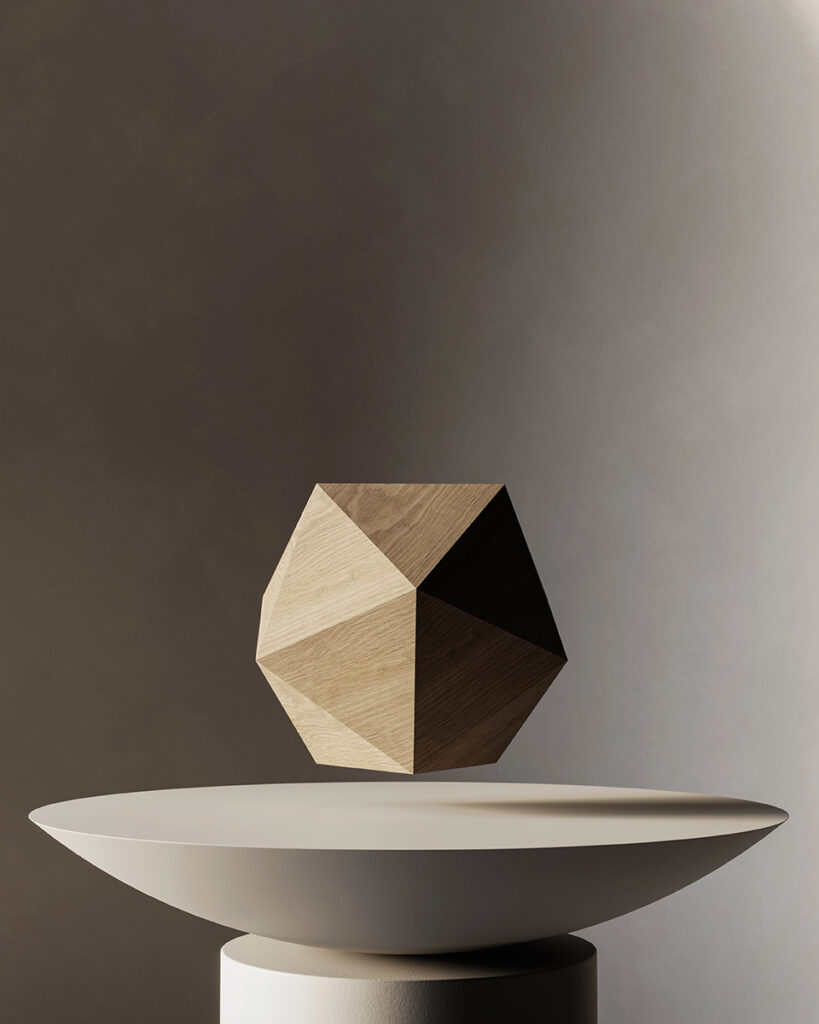
- An anecdote with Rossana that you will never forget? The first time I showed my work to her, it was about prototypes. She dedicated more time to me than agreed, and she told me: “You are good! Focus! You will exhibit your works during the Design Week. Do not let me down!” The feeling was that Rossana Orlandi had clearly seen inside me, through and beyond my person and my objects.
- Your favourite city? Venice, a city that I have fully experienced. This city was my ideal woman: with ancient features, beautiful, abundant, damp and generous.
- A trip that you would like to take? A long and extensive trip to China, starting from Italy, an overland journey, perhaps a hitch-hiking trip, to see how the features of the territory and space gradually change…
- A trip you never wanted to take? In La Paz, Bolivia, I almost got robbed and perhaps, I risked far worse.
- What’s something nobody has ever asked you, but you wish someone did? How my way of seeing, understanding and designing deeply works… but my answer could be too long and not very linear (perhaps more fractal)!
Jacopo Gonzato will participate in two exhibitions: “La proporzione aurea”, from 1st October to 5th November at the Basilica Palladiana in Vicenza, and “Trame di Luce”, from 19th November to 7th January, at Orto Botanico in Rome and at the Royal Villa in Monza.
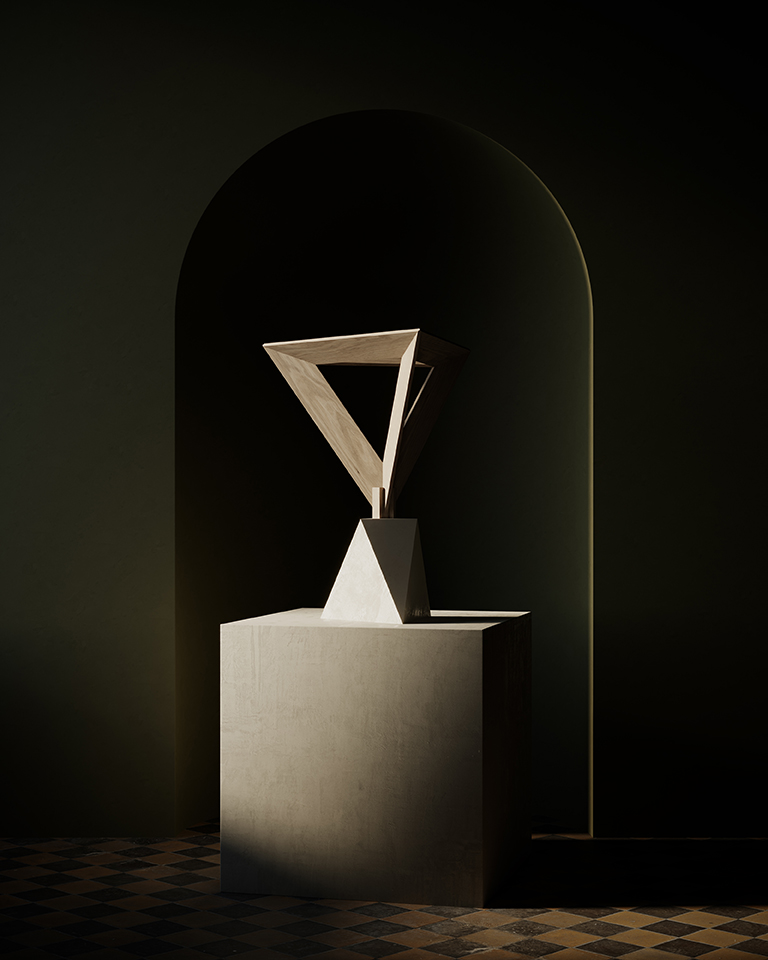


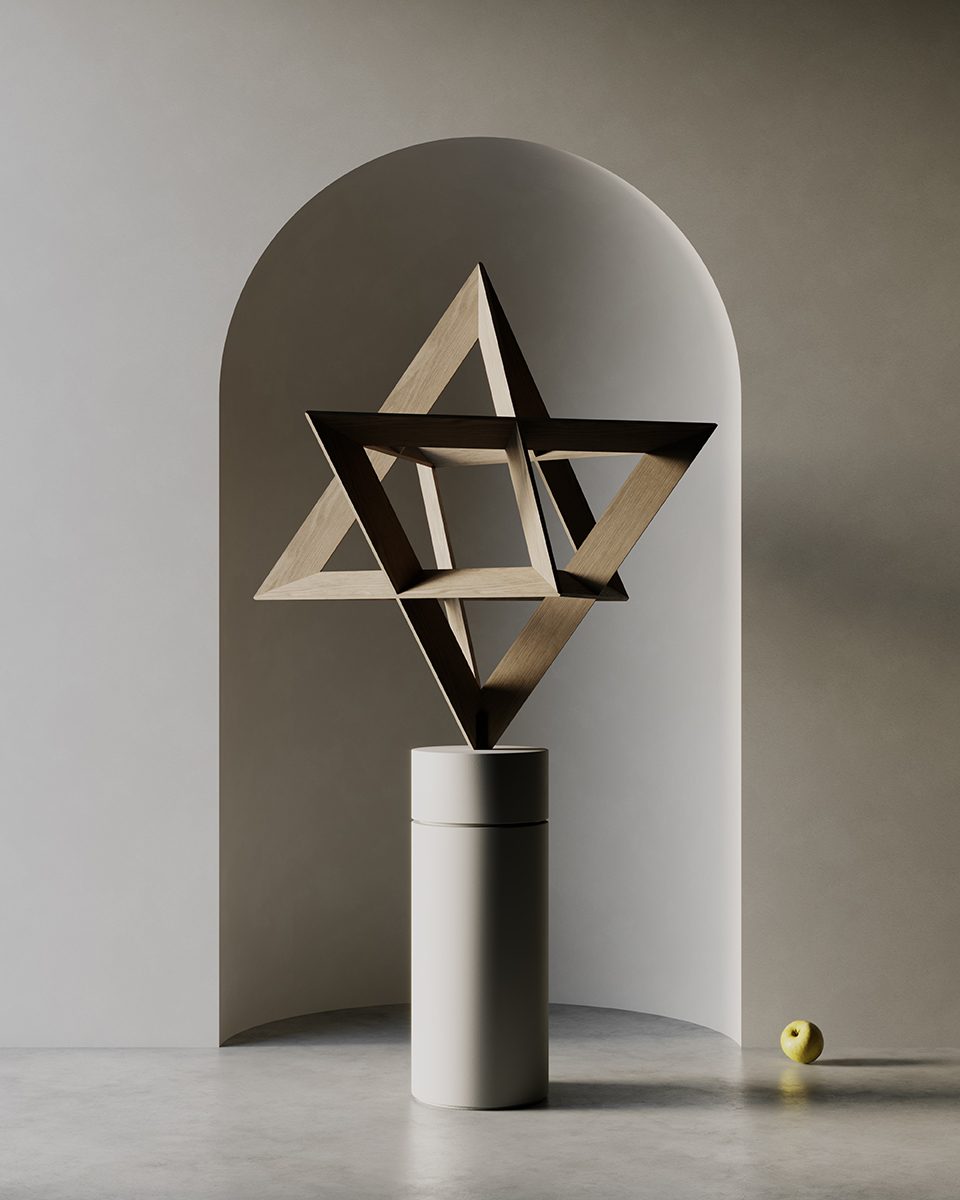
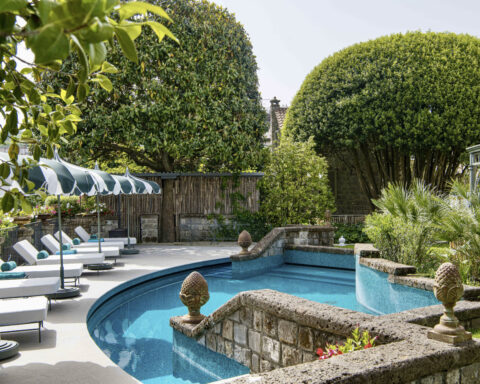

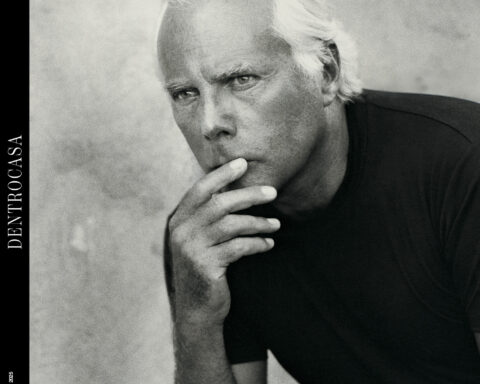
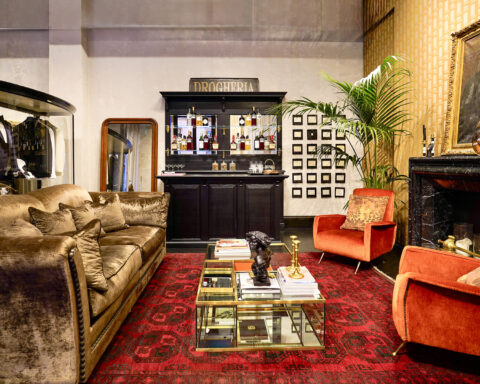

.png)


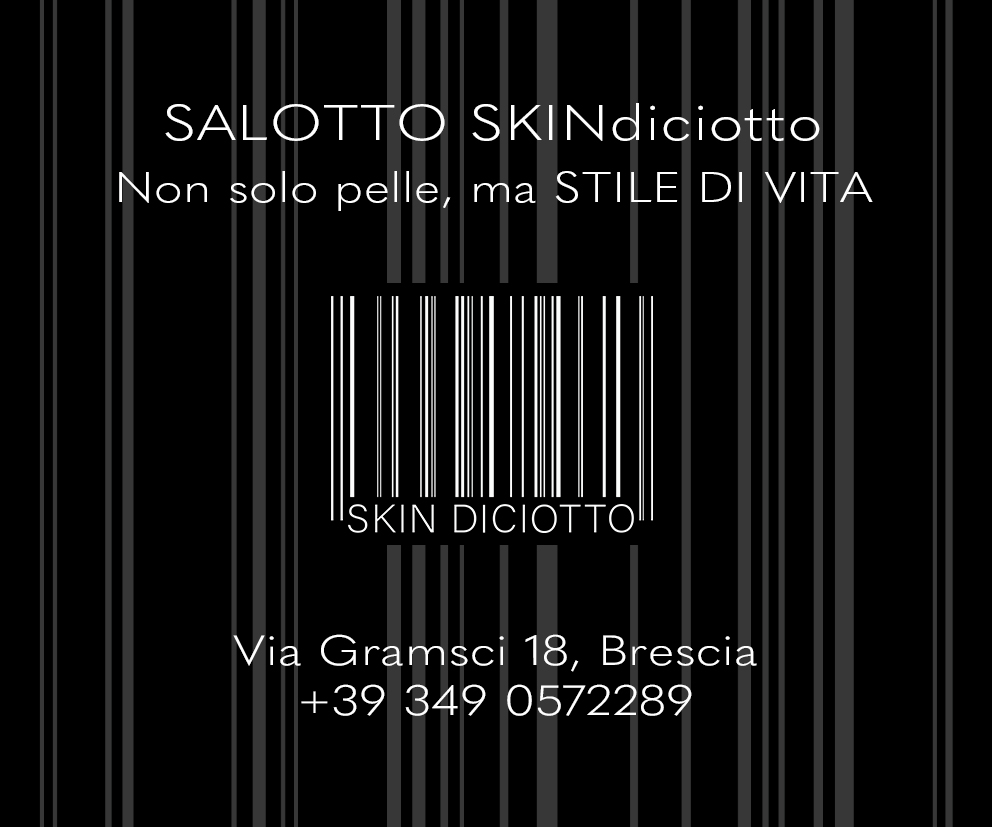
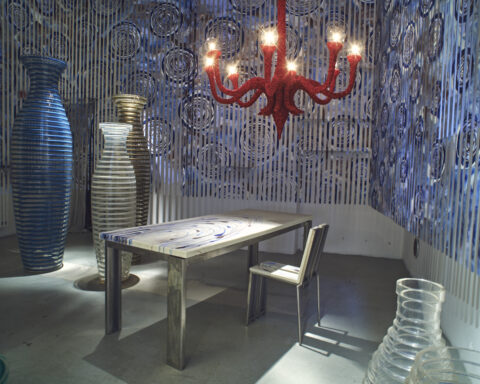
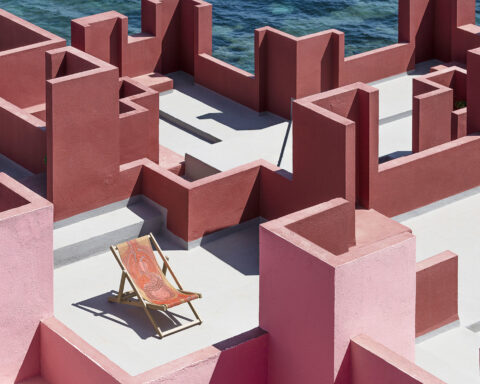
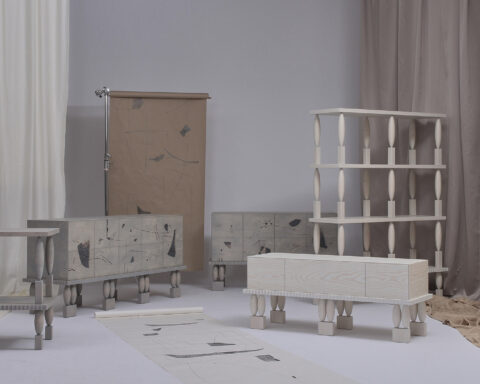
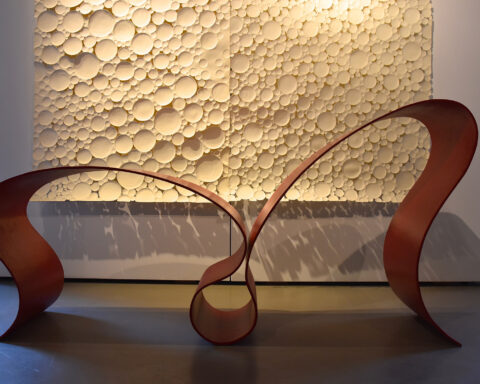
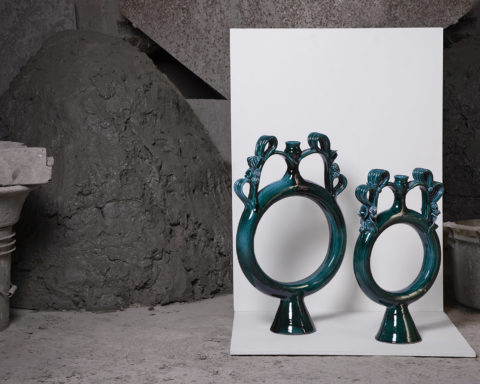

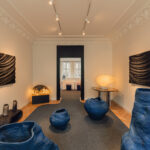
Seguici su